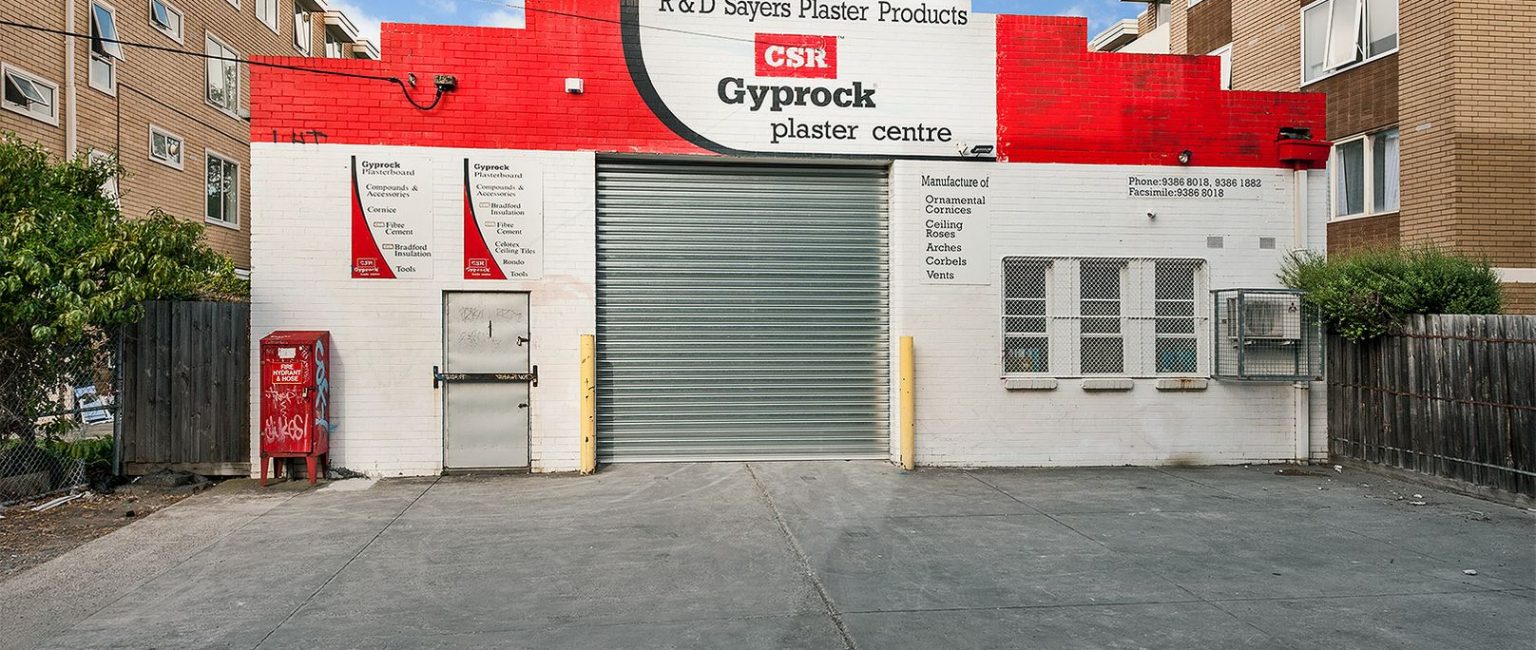Depreciation on commercial property – how does it work?

Often providing annual savings that run into the tens of thousands, commercial property depreciation deductions are too good to miss.
Used correctly, they’re often all it takes to transform a cash-flow negative investment into a cash-flow positive one, and so investors shouldn’t miss a beat getting to know a friendly quantity surveyor in the months before settlement.
With that in mind, here’s our guide to commercial property depreciation deductions.
Commercial Insights: Subscribe to receive the latest news and updates

Depreciation deductions are often the difference between a negative cash flow and a positive one. Picture: realcommercial.com.au
What is depreciation on commercial property?
Depreciation refers to the loss in value a property experiences over time as a result of wear and tear. It’s a common topic among investors, as the Australian Taxation Office (ATO) allows owners of an income-producing property to claim a tax deduction for this depreciation.
The claims are broken down into two categories: capital works, which refers to the building’s structure and any items considered permanently fixed to the property, and plant and equipment, which refers to assets deemed by the ATO as easily removable, or those that are mechanical in nature. These include carpets, ovens and air conditioning units.
Commercial property owners can claim deductions on the decline in value of the building’s structure, as well as any assets they own within it, while commercial tenants are allowed to claim deductions on the decline in value of any assets they bought or installed during the fit-out.

Commercial property owners can claim depreciation deductions on the building’s structure and any assets they own within it. Picture: realcommercial.com.au
How do you calculate property depreciation deductions?
Depending on its age and primary use, the building itself is depreciated at either 2.5% per year or 4% per year. These are known as capital works deductions.
Capital works deductions
If the property is classified as traveller accommodation, investors can claim deductions on the building’s construction costs if it was built after 21 August 1979. If it was, investors use the following rates to calculate their claimable depreciation:
- Construction commenced between 22 August 1979 and 21 August 1984 = 2.5% per year
- Construction commenced between 22 August 1984 and 15 September 1987 = 4% per year
- Construction commenced between 16 September 1987 and 26 February 1992 = 2.5% per year
- Construction commenced after 27 February 1992 = 4% per year
If the property is classified as non-residential (e.g. an office or shop), investors can claim deductions on the building’s construction costs if it was built after 19 July 1982. If it was, investors use the following rates to calculate their claimable depreciation:
- Construction commenced between 20 July 1982 and 21 August 1984 = 2.5% per year
- Construction commenced between 22 August 1984 and 15 September 1987 = 4% per year
- Construction commenced after 16 September 1987 = 2.5% per year
If the property is mainly used for industrial purposes, investors can claim deductions on the building’s construction costs if it was built after 26 February 1992. If it was, investors can claim 4% depreciation per year.
It’s worth noting, however, that even investors who buy commercial properties built before the thresholds listed above are often able to claim capital works deductions, as they can claim depreciation on significant renovations, too.

An asset’s rate of depreciation is determined by its “effective life” and calculated using one of two methods. Picture: realcommercial.com.au
Plant and equipment deductions
The depreciation of assets contained within a building, however, is calculated on an individual basis, in accordance with each asset’s value and longevity, which is determined by the ATO every year and referred to as an asset’s “effective life”.
As mentioned earlier, commercial property owners can claim depreciation on any assets they own within the property, and tenants can claim depreciation on any assets they installed during the fit-out.
If the asset is worth less than $300, you can claim an immediate deduction in the income year that you bought it. If not, you have to use one of two methods to calculate an asset’s annual depreciation: the diminishing value method, which gives you higher claims in the first few years and smaller claims later on, or the prime cost method, which gives you equal tax deductions over the course of the asset’s effective live. You can learn about both methods in more detail here.
Alternatively, if you are a tenant with an aggregated turnover of less than $10 million, you can use what are known as the simplified depreciation rules. These allow qualifying small businesses to claim an immediate deduction on the business portion of most depreciating assets that cost less than $20,000 each – a threshold that Prime Minister Scott Morrison announced on 30 June 2019 he would increase to $25,000, effective from 29 January 2019 until 30 June 2020. As of writing, however, the proposal is not yet law.

Small businesses with an annual turnover of less than $10 million can currently claim immediate deductions on assets worth less than $20,000 each. Picture: realcommercial.com.au
How do you claim property depreciation deductions?
You claim depreciation deductions on your commercial property by engaging a quantity surveyor to draw up a depreciation schedule, which is a detailed report outlining how much you can claim each year on both the decline in value of the building’s structure (capital works) and the decline in value of the income-producing assets that you own within the building (plant and equipment).
The ATO Tax Ruling 97/25 states that investors must engage a quantity surveyor to produce a depreciation schedule on their behalf if the building was built after September 1989 and/or the property’s construction costs are unknown. And so, in most cases, you won’t be able to calculate your depreciation deductions yourself. But the good news is your quantity surveyor’s fees are tax-deductible.
You only need to pay for one depreciation schedule, as the quantity surveyor will work out how the building’s structure and assets will depreciate over their lifespan, rather than just within the year in which you enlist their expertise.
The depreciation schedule can then be sent to your accountant, who can incorporate the deductions into your annual tax return.

Investors typically need only pay for one depreciation schedule. Picture: realcommercial.com.au
FAQs about commercial property depreciation
How many years can you can claim depreciation on a building?
The number of years you can claim capital works deductions on a commercial property depends on the applicable depreciation rate.
If the ATO allows you to depreciate a building at a rate of 2.5% a year, then you can claim capital works deductions until the building is 40 years old. If the ATO allows you to depreciate a building at a rate of 4% a year, then you can claim capital works deductions until the building is 25 years old.
For example, let’s say you bought a shop that was built on 1 January 1991, and a quantity surveyor assessed the value of the construction works to be $100,000. Given the ATO allows property owners to claim 2.5% depreciation a year on non-residential properties built after 16 September 1987, you could claim capital works deductions of $2,500 a year until 2031.
When should I have a depreciation schedule created?
You should engage a quantity surveyor to visit your property and produce a depreciation schedule as soon as you settle. That way, the quantity surveyor will be able to assess the property in the exact condition in which you inherited it, which will deliver the most accurate depreciation estimates possible.
You should also engage a quantity surveyor to produce a depreciation schedule immediately before and after any significant renovations, as this will allow them to accurately assess the value of these capital works.
How much does a depreciation schedule cost?
Most depreciation schedules will cost between $250 and $1,000, with the variation in price at least partly attributed to the varying standards of service.
Are depreciation schedules tax-deductible?
Yes, the cost of engaging a quantity surveyor to produce a depreciation schedule is tax-deductible.







